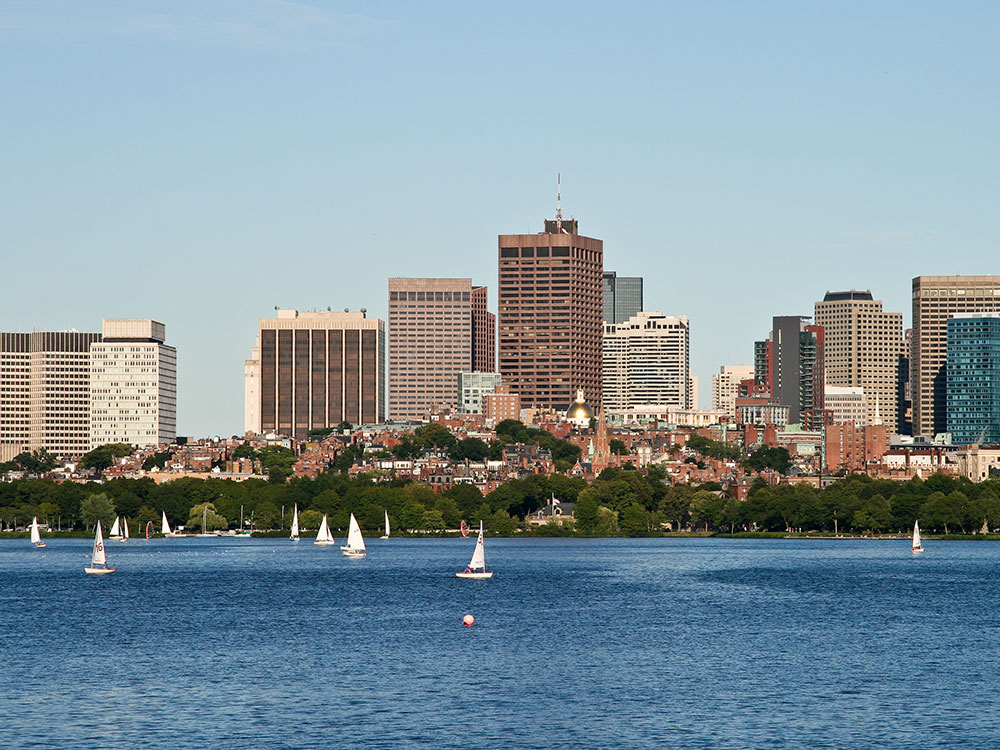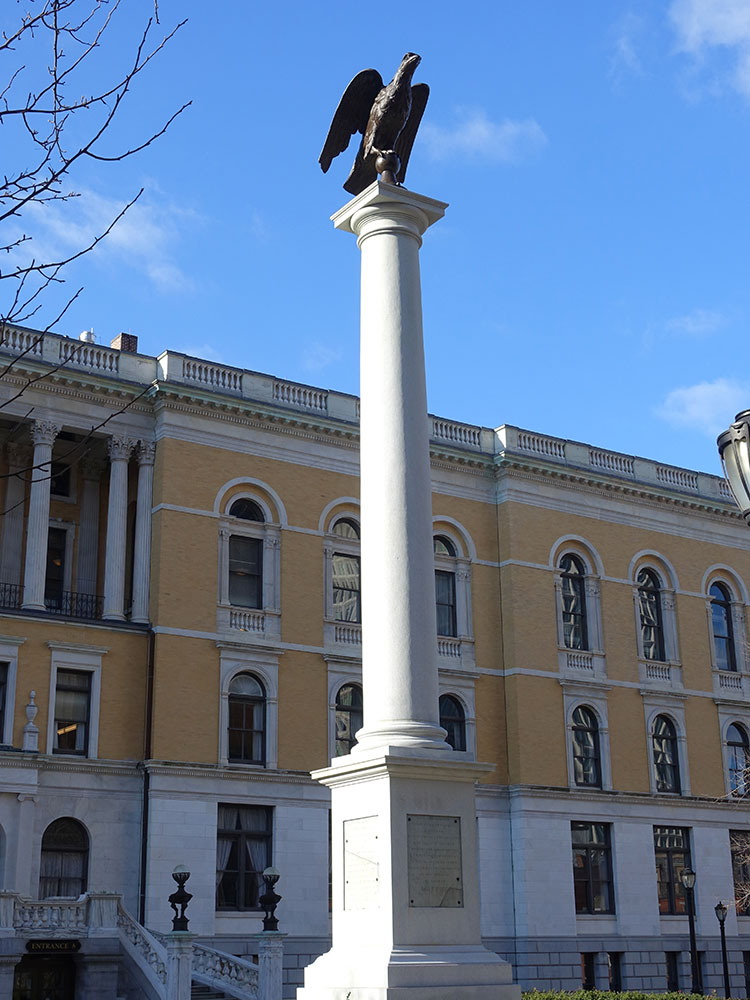Historic neighborhood in Boston known for federal-style rowhouses, narrow gaslit streets and brick sidewalks
General Information
How to Get There
Overview
Beacon Hill is a historic neighborhood in Boston, Massachusetts, and the hill upon which the Massachusetts State House resides. The term "Beacon Hill" is used locally as a metonym to refer to the state government or the legislature itself, much like Washington, D.C.'s "Capitol Hill" does at the federal level.
Federal-style rowhouses, narrow gaslit streets and brick sidewalks adorn the neighborhood, which is generally regarded as one of the more desirable and expensive in Boston.
Like many similarly named areas, the neighborhood is named for the location of a former beacon atop the highest point in central Boston. The beacon was used to warn the residents of an invasion.
Beacon Hill is bounded by Storrow Drive, and Cambridge, Bowdoin, Park and Beacon Streets. It is about 1/6 of a square mile, and situated along the riverfront of the Charles River Esplanade to the west, just north of Boston Common and the Boston Public Garden. The block bound by Beacon, Tremont and Park Streets is included as well. Beacon Hill has three sections: the south slope, the north slope and the "Flat of the Hill", which is a level neighborhood built on landfill. It is west of Charles Street and between Beacon Street and Cambridge Street.
In 1955, state legislation Chapter 616 created the Historic Beacon Hill District. It was the first such district in Massachusetts, created to protect historic sites and manage urban renewal.
Beacon Hill was designated a National Historic Landmark on December 19, 1962.
The Boston African American National Historic Site is located just north of Boston Common. The historic buildings along today's Black Heritage Trail were the homes, businesses, schools and churches of the black community. Charles Street Meeting House was built in 1807. The Museum of African American History, New England's largest museum dedicated to African American history is located at the African Meeting House, adjacent to the Abiel Smith School. The meeting house is the oldest surviving Black church built by African Americans. The Robert Gould Shaw Memorial and the 54th Massachusetts Regiment Memorial are located at Beacon Street and Park Street, opposite the Massachusetts State House.
The Massachusetts State House, located on Beacon Street, is the home of the Commonwealth's government. The gold-domed state capitol building was designed by Charles Bulfinch and was completed in 1798. Many of the country's state capitol buildings were modeled after the State House.
Beacon Hill is predominantly residential, known for old colonial brick row houses with beautiful doors, decorative iron work, brick sidewalks, narrow streets, and gas lamps. Restaurants and antique shops are located on Charles Street.
Louisburg Square is known as the most prestigious address in Beacon Hill. Its residents live in Greek Revival townhouses. Nearby is Acorn Street, often mentioned as the "most frequently photographed street in the United States." It is a narrow lane paved with cobblestones that was home to coachmen employed by families in Mt. Vernon and Chestnut Street mansions.
This article uses material from the Wikipedia article "Beacon Hill, Boston", which is released under the Creative Commons Attribution-Share-Alike License 3.0


-750.jpg)